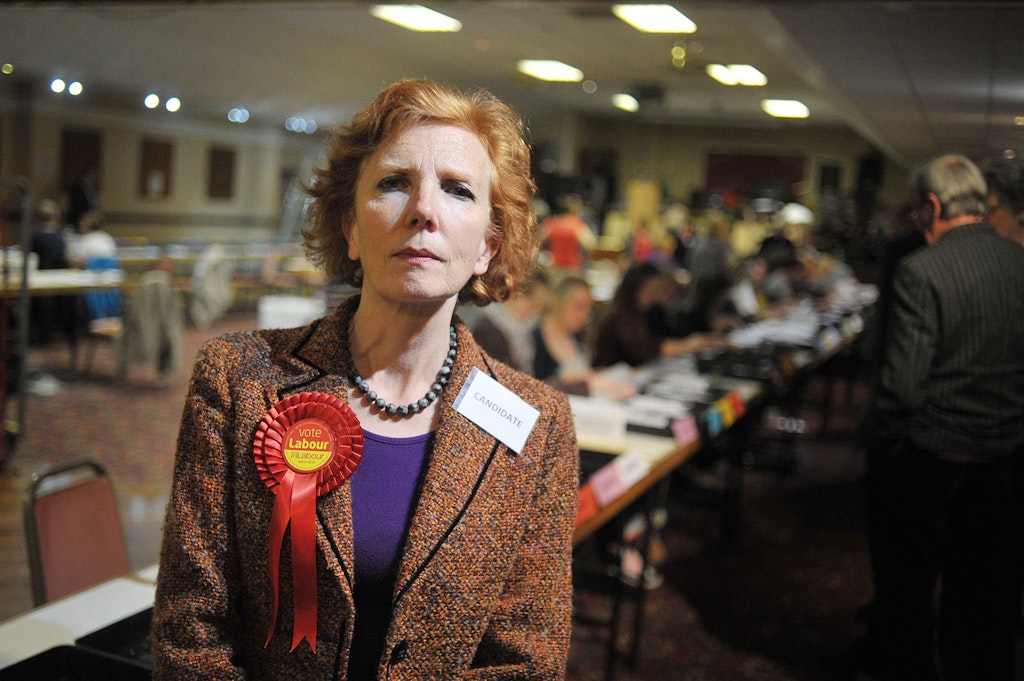Too much of a good thing
Inflation is likely to be a live political issue until the growth of money is reined in
This article is taken from the November 2021 issue of The Critic. To get the full magazine why not subscribe? Right now we’re offering five issue for just £10.
How long will the current inflation upsurge last? Is it “transitory”, as leading central banks tell us, or will it prove persistent? Indeed, what exactly does the word “transitory” mean? Is transitoriness to be measured in months, quarters or years? According to the monetary theory of the determination of national income and the price level, a simple reply is available.
Inflation is caused by excessive growth of the quantity of money. Given that truth, the return of worryingly high inflation is not a surprise and forecasting the duration of the present inflationary episode is relatively straightforward.
In spring and summer last year, as a response to the coronavirus pandemic, governments and central banks in the main countries took stimulatory policy measures. These measures caused a sharp acceleration in money growth. The pattern was clearest in the United States, where the increase in money (on the broad definition) reached 26 per cent in the year to June.
The United Kingdom was a slowcoach by comparison. All the same, the annual rate of money growth — under 4 per cent at the end of 2019 — reached 12½ per cent in July 2020 and exceeded 15 per cent in February this year.
In both the US and the UK the velocity of money — which reflects agents’ desired holdings of money relative to their incomes — was stable in the 2010s. Velocity collapsed in 2020 when people and companies tried to cope with the unprecedented Covid upset.
The Bank of England probably has not done enough to make on-target inflation a realistic prospect
But — as medical normality is restored — the underlying stability of money-holding preferences will reassert itself. By implication, the rates of increase in nominal output and incomes will catch up with the money growth rates of 2020 and early 2021. Since the UK’s trend rate of growth of real output is little more than 1 per cent a year, annual money growth rates in the double digits create a serious risk of inflation in the high single digits.
To repeat, the return of inflation is not — or at any rate should not be — a surprise. Moreover, timing the demise of above-target inflation is easy enough, since it depends on the behaviour of money growth. The undue rise in prices now being recorded will stop — allowing for a lag — after the rate of money growth has slowed towards a figure closer to the 1 per cent or so trend increase in real output. The inflation target is met if prices rise by 2 per cent a year.
So — to comply with the target — the annual rate of money growth needs to lie consistently within a band of, say, 1 per cent to 5 per cent (in the 2010s, when the inflation target was met, more or less, the average annual rate of increase in money was 3.9 per cent).
How well is the Bank of England doing? It probably has not done enough to make on-target inflation a realistic prospect. In the year to September the quantity of money rose by about 8 per cent, which is still too high. More promisingly, in the four months to September, it went up by under 2 per cent, which is not far from the right sort of number.
Bailey’s references to Friedman and Anna Schwartz came as a jolt, since his institutions have shown little interest in this theory for years
Given the overhang of excess money from previous quarters, and the lags in the transmission mechanism, above-target inflation is likely to continue until at least early 2023. To be sure of on-target inflation before December 2024, when the next general election must be held, annual money growth of under 5 per cent will need to have been maintained over several preceding quarters (readers irritated by my certainty should see my article “Reckless US faces a reckoning” in the June 2020 issue of The Critic, where I correctly predicted the inflationary boom from which the USA now suffers).
Inflation will be a public policy issue until the next general election. Plausibly, it will be part of the partisan political debate. The Bank of England has had so-called “operational independence” since 1997, and the Prime Minister and Chancellor of the Exchequer must not boss it about. But — if the opposition parties blame Boris Johnson for too much inflation — monetary policy will become political, rightly or wrongly.
In a recent speech to the Society of Professional Economists, Andrew Bailey, the Bank’s Governor, twice mentioned Milton Friedman and Anna Schwartz’s celebrated A Monetary History of the United States 1867-1960. Friedman and Schwartz were great scholars who believed in the monetary theory of the determination of national income. Bailey’s references to them came as a jolt, since neither he nor his institutions have shown much interest in this theory for many years.
Is the Bank of England at last paying respect to monetarism? The answer is no. Bailey’s two quotes were weird, in that they had nothing to do with money. An economic historian by training, he seems to have read A Monetary History, which is indeed one of the greatest economic history books of the twentieth century. He seems also not to have understood its most basic messages, that large fluctuations in money growth cause instability and inflation is caused by excessive growth of the quantity of money.
Enjoying The Critic online? It's even better in print
Try five issues of Britain’s most civilised magazine for £10
Subscribe














